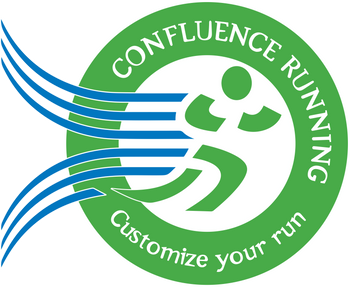Boost Stamina and Strength with These Performance and Endurance Training Methods
Step-by-Step Guide to Writing an Effective Article Research Summary
Switching race distances requires strategic adjustments to training in order to meet the specific demands of a new event. Short-distance races, such as 5Ks, focus on speed and quick bursts of acceleration, while longer races, like marathons, require greater endurance and aerobic capacity. The article outlines the key elements necessary for successful adaptation, including understanding the physical requirements of the new race, improving overall running fitness, and implementing race-specific workouts. It provides structured training plans tailored to different distances, helping runners gradually build their endurance, speed, and efficiency. Additionally, the article highlights the importance of lactate threshold, aerobic capacity, and proper nutrition to optimize performance.
Beyond training adjustments, recovery plays a crucial role in preventing injuries and ensuring long-term success. The article emphasizes alternating hard training days with rest or easy workouts to allow the body to recover and adapt. Runners are encouraged to gradually increase training intensity rather than making abrupt changes that could lead to fatigue or injury. By following a structured training plan and incorporating adequate recovery, athletes can smoothly transition between race distances while improving their overall performance. The key takeaway is that patience, consistency, and a well-balanced training approach are essential for success in any race distance.



